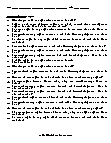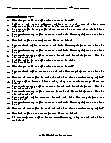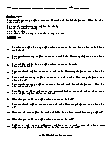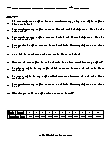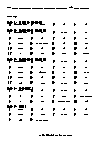Working With Angles Worksheets
How to Become Comfortable Working with Angles To work with angles and properly understand them, their nature, and how they work is tricky business at first. The most important thing related to angles is to construct them with precision. Angles are usually drawn to complete a certain shape. If any angle is not drawn perfectly and with extreme accuracy, the shape can go wrong. So, an angle should be drawn to precision. There are many ways of drawing an angle with precision. Some use protractors will others are comfortable with the conventional method of drawing an angle by a compass. Then comes its calculation. Angles can be calculated using a protractor, but in complex shapes, it is often difficult to do that using a protractor. For that, mathematical calculations are required. For example, a straight line is always 180 degrees. If an angle of 40 degrees is subtended at one end of that straight line, the angle made opposite to that 40 degrees is easy to calculate. You just need to subtract 180 by 40. This is how the angle calculation is done.
-
Basic Lesson
Guides students through naming angles and working with named angles. What do you call an angle whose measure is 80 degrees?
View worksheet -
Intermediate Lesson
Demonstrates the concept of complementary and supplementary angles. Two complementary angles measure x and 60 degrees. How many degrees are there in x?
View worksheet -
Independent Practice 1
A really great activity for allowing students to understand the concepts of the Working With Angles. What do you call an angle whose measure is 108 degrees?
View worksheet -
Independent Practice 2
Students use Working With Angles in 20 assorted problems. The answers can be found below.
View worksheet -
Homework Worksheet
Students are provided with 12 problems to achieve the concepts of Working With Angles.
View worksheet
Food For Smart People
An chemist, a physicist, and a mathematician are stranded on an island when a can of food rolls ashore. The chemist and the physicist comes up with many ingenious ways to open the can. Then suddenly the mathematician gets a bright idea: "Assume we have a can opener ..."


